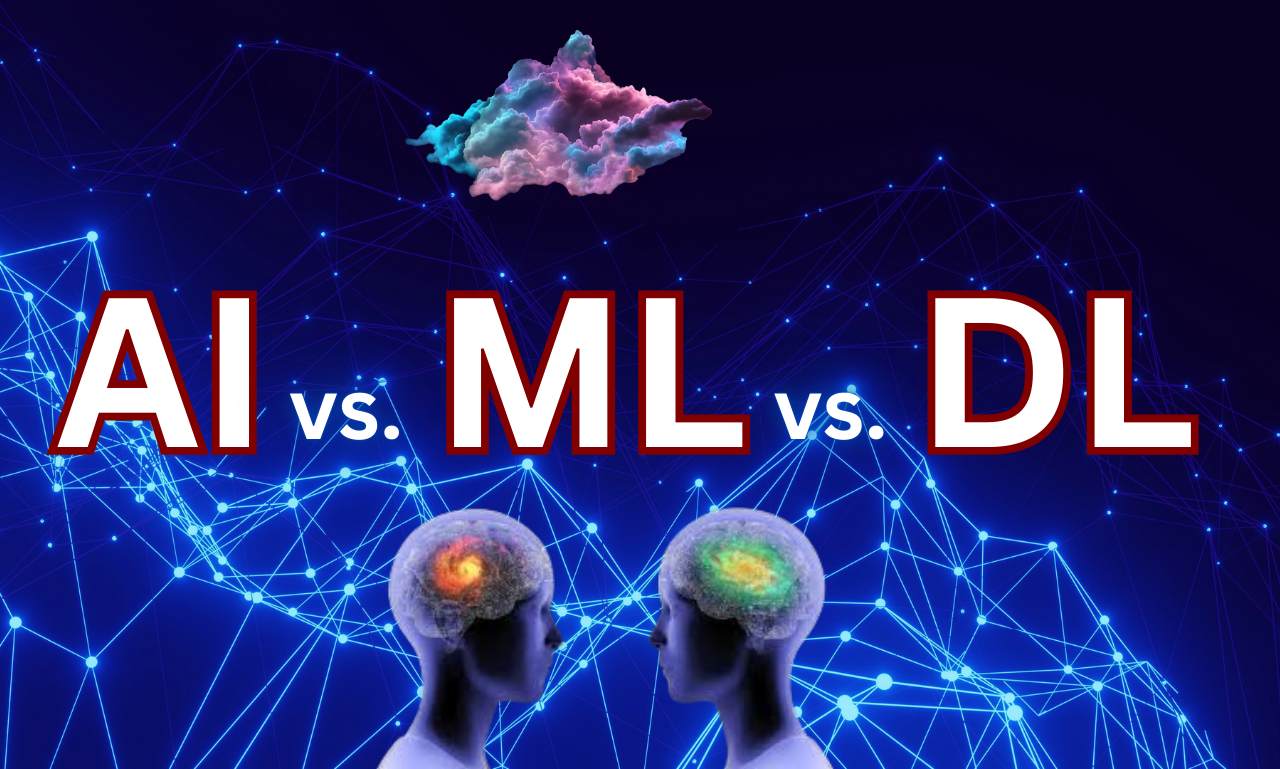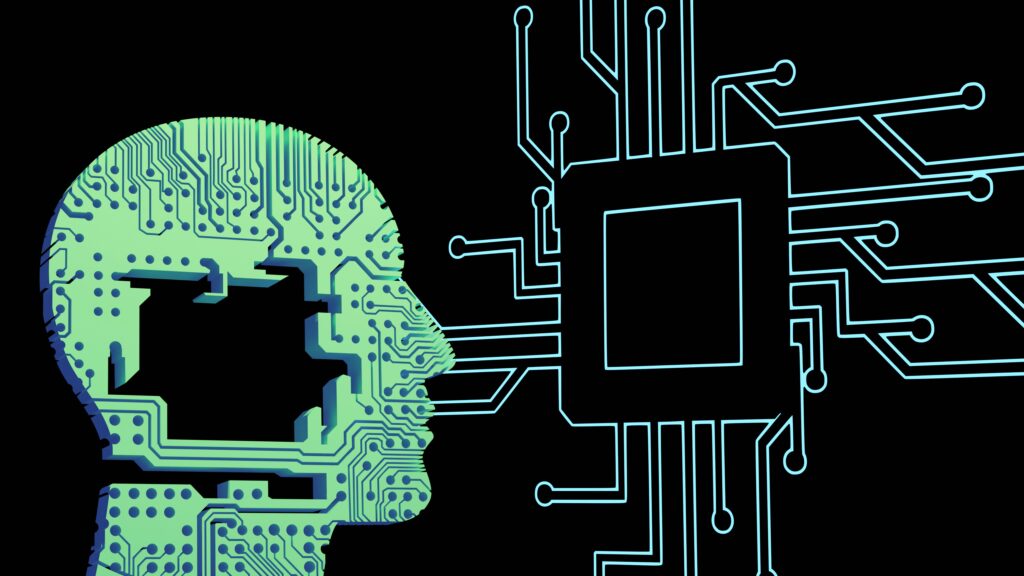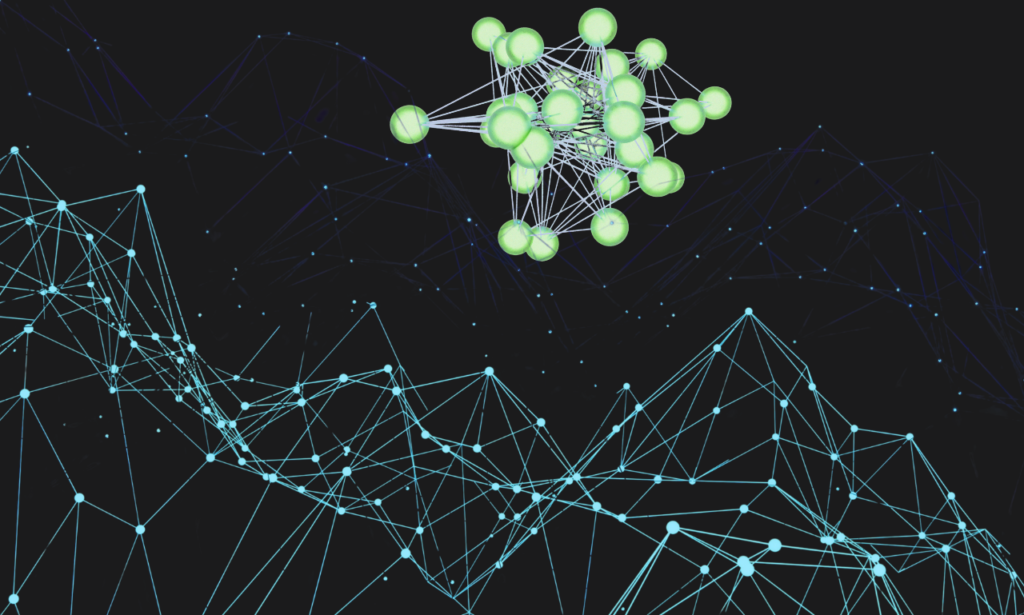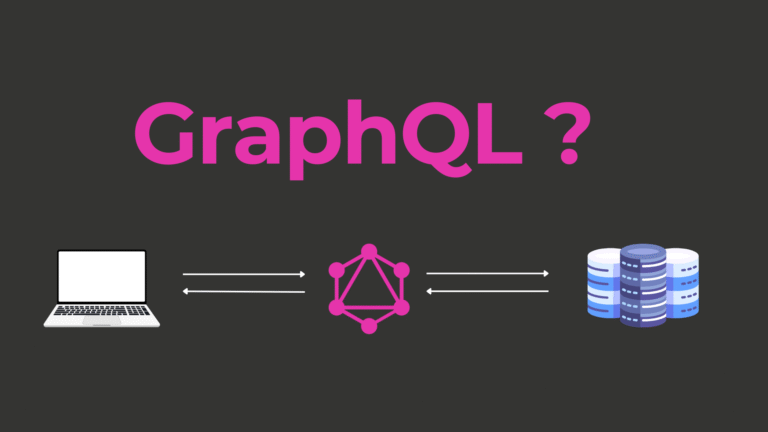Machine Learning and Deep Learning

Introduction
Artificial Intelligence (AI), Machine Learning (ML), and Deep Learning (DL) are often used interchangeably, but they are distinct concepts that shape modern technology. Understanding their differences is crucial for grasping how they power various applications, from self-driving cars to medical diagnostics. This guide breaks down AI, ML, and DL, explaining how they work and their impact on our digital world.
Understanding Artificial Intelligence (AI)
1. Defining AI: The Foundation of Intelligent Machines
Artificial Intelligence refers to the simulation of human intelligence in machines. AI systems are designed to perform tasks that typically require human cognitive functions, such as problem-solving, learning, and decision-making.
2. A Brief History of AI: From Concept to Reality
AI’s origins trace back to the 1950s, when researchers first explored the idea of intelligent machines. Over the decades, AI has evolved from rule-based expert systems to sophisticated deep learning algorithms that power modern innovations.
3. The Role of AI in Modern Technology and Everyday Life
AI is deeply integrated into daily life, from virtual assistants like Siri and Alexa to recommendation systems on Netflix and Amazon. It enhances industries like healthcare, finance, and cybersecurity, optimizing operations and improving efficiency.
What is Machine Learning?

1.The Basics of Machine Learning: Learning from Data
Machine Learning is a subset of AI that enables systems to learn patterns from data without being explicitly programmed. It improves performance over time through exposure to new information.
2.How Machine Learning Algorithms Work
ML algorithms identify relationships in datasets and make predictions based on patterns. These algorithms fall into different categories, including supervised, unsupervised, and reinforcement learning.
3.Supervised vs. Unsupervised vs. Reinforcement Learning
- Supervised Learning: Models learn from labeled data, making predictions based on known outcomes.
- Unsupervised Learning: Algorithms discover hidden patterns in unlabeled data without explicit instruction.
- Reinforcement Learning: Systems learn by interacting with their environment and receiving feedback through rewards and penalties.
4.Key Applications of Machine Learning in Various Industries
ML is used in fraud detection, personalized marketing, speech recognition, medical diagnostics, and autonomous vehicles, among other applications.
What is Deep Learning?

1.Deep Learning Explained: The Power of Neural Networks
Deep Learning is a subset of ML that utilizes artificial neural networks to process vast amounts of data. It mimics the human brain’s structure to recognize patterns and improve decision-making.
2.How Deep Learning Differs from Traditional Machine Learning
Unlike traditional ML, which relies on feature engineering, deep learning models automatically extract high-level features from raw data, making them highly effective for complex tasks like image and speech recognition.
3.Types of Neural Networks: CNNs, RNNs, and GANs
- Convolutional Neural Networks (CNNs): Specialize in image recognition and computer vision.
- Recurrent Neural Networks (RNNs): Handle sequential data, ideal for language modeling and time series analysis.
- Generative Adversarial Networks (GANs): Generate realistic data, widely used in creative AI applications.
4. Real-World Applications of Deep Learning
DL powers advanced applications like autonomous driving, facial recognition, medical image analysis, and natural language processing.
AI vs. Machine Learning vs. Deep Learning: The Key Differences
1. AI as the Umbrella Term: Where ML and DL Fit In
AI is the overarching concept, with ML and DL as its subsets. ML focuses on data-driven learning, while DL uses neural networks for deeper insights.
2. The Evolution of AI: How ML and DL Contribute to AI’s Growth
ML and DL have propelled AI forward, enabling breakthroughs in automation, predictive analytics, and human-like interaction.
3. Comparing Capabilities: When to Use ML, DL, or AI
AI is best for broad applications, ML is effective for pattern recognition, and DL excels in handling large datasets with complex structures.
The Relationship Between Machine Learning, Deep Learning, and AI
1. How Machine Learning Powers AI Systems
ML is the backbone of many AI applications, allowing machines to adapt and improve through data analysis.
2. The Role of Deep Learning in Advancing AI Capabilities
Deep Learning takes AI further by enabling high-level perception and decision-making, making it indispensable for innovations like self-driving cars.
3. Real-Life Examples of AI-Driven Machine Learning and Deep Learning
AI-driven applications range from Google Translates language processing to Netflix’s recommendation engine, both powered by ML and DL techniques.
Strengths and Limitations of Each Technology
1. Advantages of Machine Learning: Flexibility and Efficiency
ML is adaptable, efficient, and requires less computational power than deep learning.
2. Advantages of Deep Learning: Accuracy and Scalability
DL excels in handling complex problems with high accuracy, making it ideal for large-scale AI applications.
3. The Challenges of Machine Learning: Data Dependency and Bias
ML models require extensive data and can be prone to biases if trained on unbalanced datasets.
4. The Challenges of Deep Learning: Computational Power and Black Box Problem
DL demands high processing power and lacks interpretability, making decision-making less transparent.
Machine Learning vs. Deep Learning: Which One is Right for Your Needs?

1. Choosing Between ML and DL: Factors to Consider
Consider factors like data availability, computational resources, and project complexity when choosing between ML and DL.
2. Industry Use Cases: When to Use ML Over DL and Vice Versa
ML is suitable for structured data analysis, while DL is preferred for unstructured data like images and speech.
3. Future Trends: The Growing Role of ML and DL in AI
Advancements in ML and DL continue to shape the future, driving AI’s expansion into new domains.
The Future of AI, Machine Learning, and Deep Learning
1. Emerging Trends in AI and Machine Learning
Quantum computing, edge AI, and automated machine learning (AutoML) are revolutionizing AI development.
2. How Deep Learning is Shaping the Next Generation of AI
Deep Learning is pushing AI towards general intelligence, enhancing its ability to reason and adapt.
3. The Ethical Considerations of AI-Powered Decision Making
As AI evolves, ethical concerns around bias, transparency, and privacy remain critical considerations.
Getting Started with AI, Machine Learning, and Deep Learning
1. Essential Skills to Learn AI and Machine Learning
Proficiency in programming (Python, R), statistics, and data handling is essential for AI learning.
2. Best Online Resources and Courses for AI Enthusiasts
Platforms like Coursera, Udacity, and MIT OpenCourseWare offer valuable AI learning resources.
3. Beginner-Friendly Projects to Practice AI and Deep Learning
Start with projects like sentiment analysis, chatbot development, and image classification to gain hands-on experience.
Conclusion
The Expanding Role of AI, Machine Learning, and Deep Learning
AI, ML, and DL are transforming industries, making intelligent automation and predictive analytics a reality.
Key Takeaways on Their Differences and Applications
Understanding the distinctions among AI, ML, and DL is vital for leveraging their potential in diverse applications.
The Future of AI-Powered Innovation in the Digital Age
With continuous advancements, AI is set to redefine how humans interact with technology, driving innovation across all sectors.



